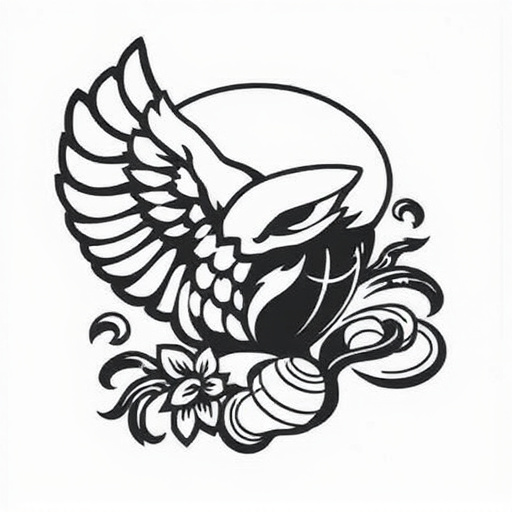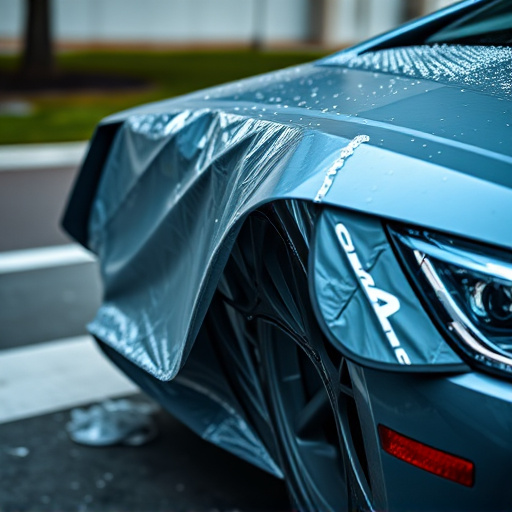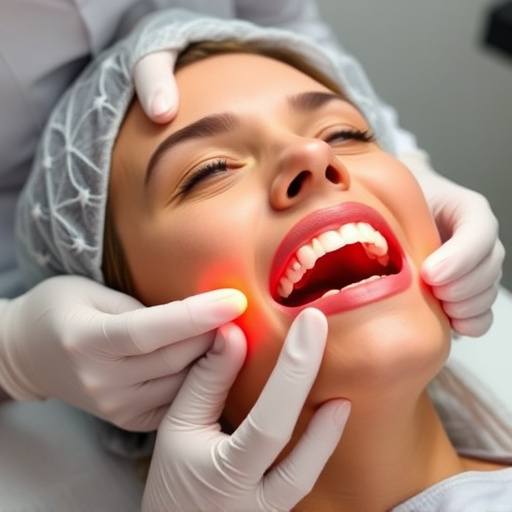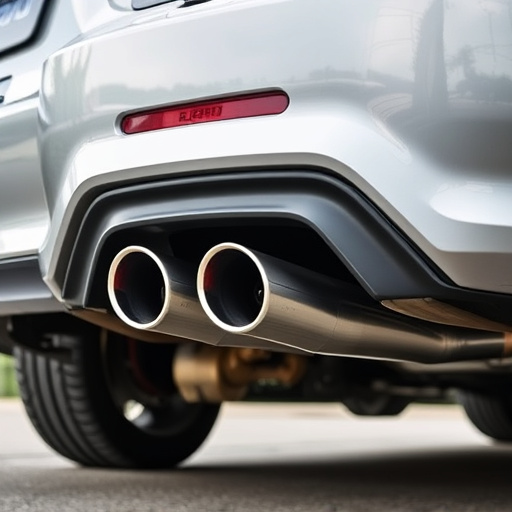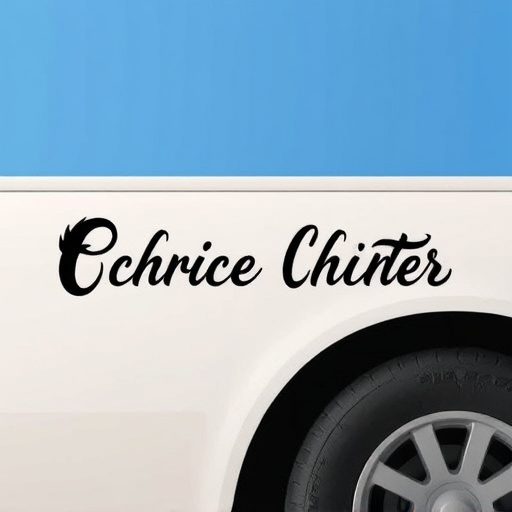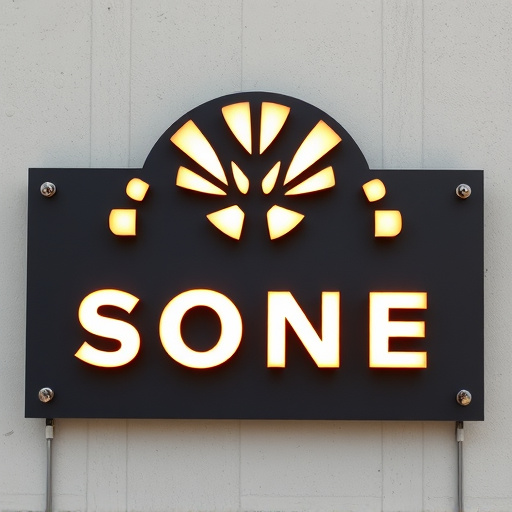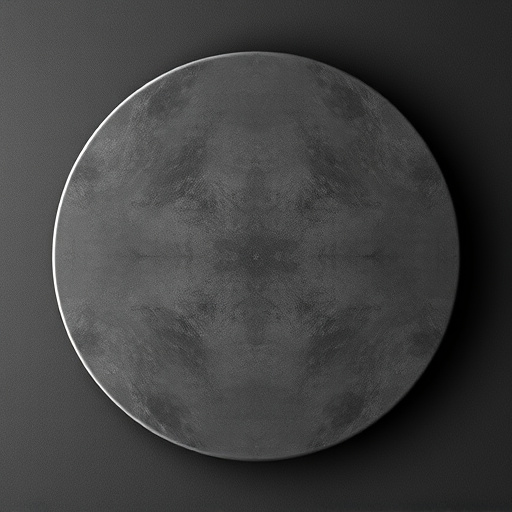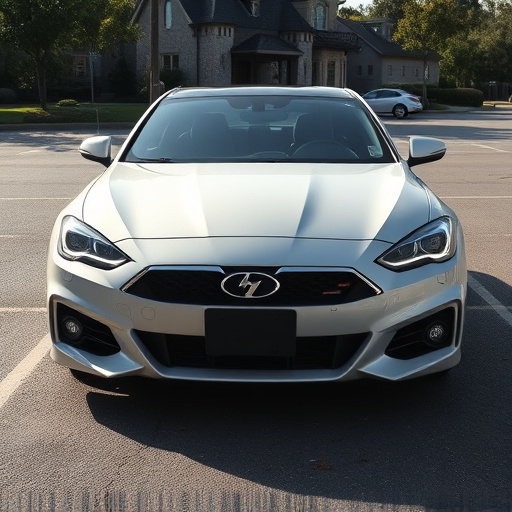Clear coat restoration enhances vehicle aesthetics and protects paint from environmental damage. Traditional clear coats offer UV protection, while advanced ceramic coatings provide superior shielding against water, dirt, and contaminants. Key steps include thorough surface preparation, repair of damages, careful sanding, and selection of suitable clear coat products. Optimal application involves cleaning, drying, using professional tools for even layers, and allowing each layer to cure slightly before adding more, ensuring enhanced scratch and UV protection.
“Uncover the secrets to revitalizing your paintwork with our comprehensive guide to clear coat restoration. Whether you’re dealing with automotive, fiberglass, or even antique finishes, this article has you covered. We demystify ‘clear coat’—its purpose, benefits, and diverse types—to help you make informed choices. Learn the art of preparation: from surface inspection to necessary repairs. Discover application techniques that ensure optimal results, leaving your paint job looking like new. Embrace the power of clear coat restoration today.”
- Understanding Clear Coat: Benefits and Types
- Preparation: Getting Your Paint Ready for Restoration
- Application Techniques for Optimal Results
Understanding Clear Coat: Benefits and Types
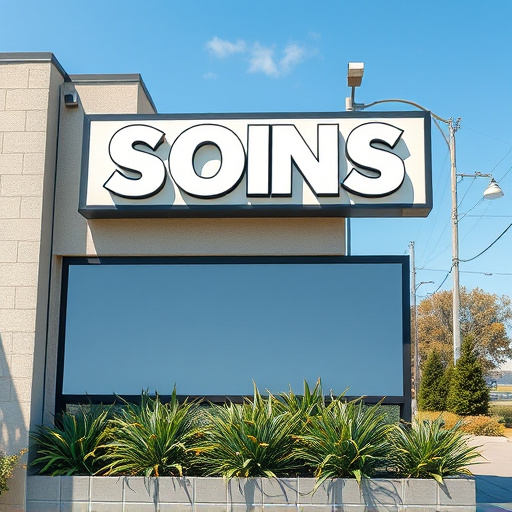
Clear coat restoration is a process that can transform any vehicle’s paint job, enhancing its appearance and protecting it from various environmental factors. Understanding clear coat, its benefits, and the different types available is the first step in achieving a flawless restoration. This protective layer, applied over the base paint, serves multiple purposes, offering not just a glossy finish but also long-lasting durability.
There are various types of clear coats, each with unique characteristics. Traditional clear coats provide UV protection against harmful rays, preventing fading and damaging to the underlying paint. More advanced coatings, like ceramic coatings, offer superior vehicle enhancement by adding an extra layer of protection that repels water, dirt, and other contaminants, ensuring a lasting shine. These modern coatings are known for their easy application and the ability to create a durable barrier, enhancing not just the look but also the longevity of any paint job.
Preparation: Getting Your Paint Ready for Restoration
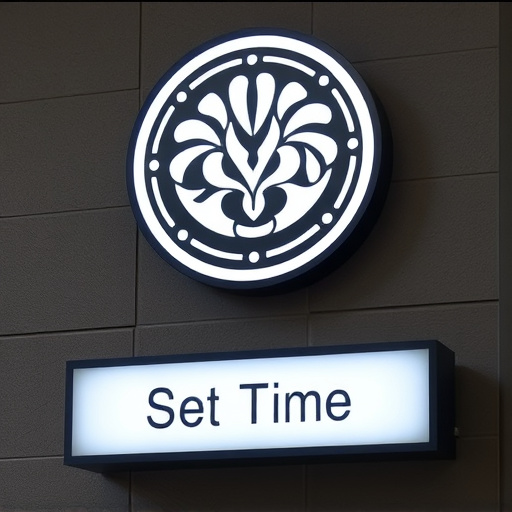
Before starting any clear coat restoration process, proper preparation is key to achieving excellent results. The first step involves assessing and cleaning the paint surface thoroughly. Remove any dirt, dust, grease, or grime that might hinder the coating’s adhesion. This can be done using a suitable degreaser or cleaner, followed by a thorough rinse and drying of the paintwork. It’s essential to ensure no residual moisture remains to prevent water spots or poor bond strength.
Additionally, examining the paint for any damage like scratches, chips, or faded areas is crucial. Minor repairs, such as filling in scratches with automotive filler or touch-up paint, will create a smooth base for application. Sanding the surface gently can also help remove roughness and ensure an even coating. Remember that proper preparation, including considering factors like UV protection and heat rejection through suitable clear coat products, is vital to preserving the restored paint’s longevity and aesthetics.
Application Techniques for Optimal Results
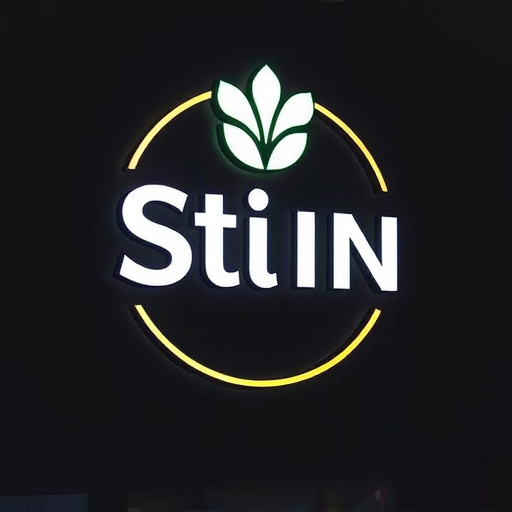
The key to achieving optimal results with clear coat restoration lies in understanding and employing the right application techniques. For all paint types, whether it’s a glossy finish, matte surface, or anything in between, a consistent and meticulous approach is essential. Start by preparing the surface thoroughly; this involves cleaning the panel to remove any dirt, grease, or debris that could compromise adhesion. A decontaminant wash and microfiber cloth are ideal for this step. Once clean, ensure the paint is dry before proceeding.
When applying the clear coat, use a professional-grade applicator pad or gun, depending on the project’s scale. For detailed work or to fill in scratches, a small, precise tool is beneficial. Apply thin, even layers, allowing each to cure slightly before adding another. This process not only helps in achieving a smooth, seamless finish but also enhances scratch protection and UV protection, especially when combined with ceramic coatings. Remember, patience and attention to detail are crucial for a long-lasting, high-quality clear coat restoration.
Clear coat restoration is a game-changer for all paint types, offering not just a revival but an enhanced protection layer. By understanding the benefits and choosing the right techniques, you can achieve exceptional results on any surface. Whether it’s a vibrant car finish or a timeless architectural feature, clear coat restoration provides a durable, glossy finish that stands the test of time. So, take a dive into these steps, prepare your paint with care, and apply with precision to unlock the full potential of your surfaces.
